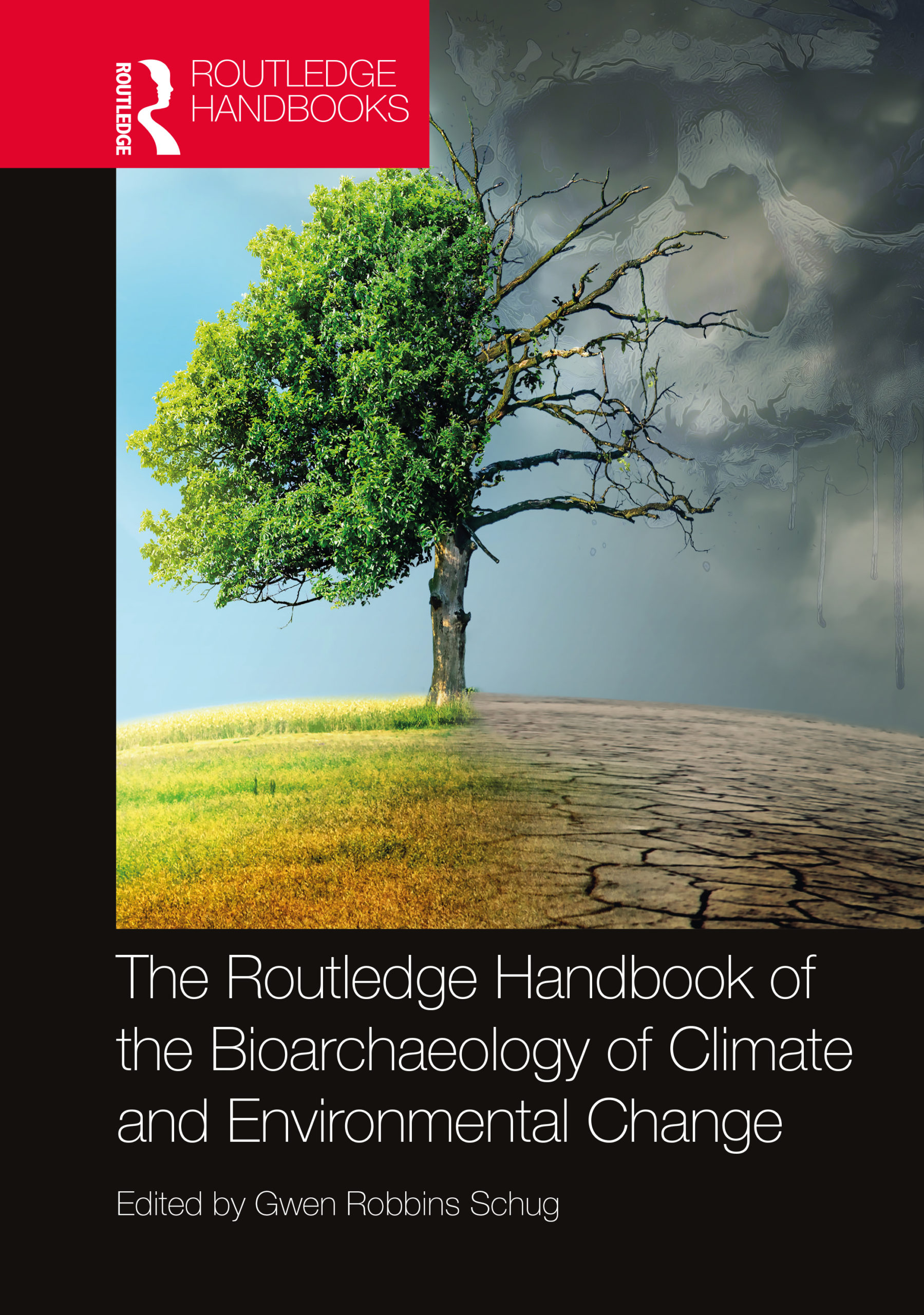Publications
Spatio-temporal patterns of cemetery use among Middle Holocene hunter-gatherers of Cis-Baikal, Eastern Siberia
Hunter-gatherer archaeology typically focusses on the details of subsistence strategies and material culture and, in the case of cemeteries, on various aspects of mortuary practices, beliefs, and social differentiation. This paper aims to look rather at patterns of change over time and space in how past hunter-gatherer cemeteries were used from Late Mesolithic to Early Bronze Age (~8600–3500 cal. BP) in the Cis-Baikal region of Eastern Siberia. The approach is based on a Kernel Density methodology applied to [...]
Middle Holocene hunter–gatherers of Cis-Baikal, Eastern Siberia: Chronology and dietary trends
Analyses of radiocarbon dates (all corrected for the freshwater reservoir effect) and associated stable isotope values obtained from the skeletal remains of ~650 individuals provide many new insights about Middle Holocene hunter–gatherers (HGs) of the Cis-Baikal region, Eastern Siberia. The new radiocarbon evidence clarifies the culture history of the region by defining better the boundaries between the chronological (archaeological periods) and cultural (mortuary traditions) units, as well as our understanding of the transitions between them. Furthermore, differences between [...]
Skeletal and dental maturation relative to tooth formation in prehistoric hunter-gatherers from Cis-Baikal, Siberia
This study reconstructs fusion of skeletal elements and tooth emergence relative to tooth formation among prehistoric hunter-gatherers from Cis-Baikal, Siberia (ca. 8000 to 5200 BP). Tooth formation was recorded using standard protocols. Ages were estimated based on tooth formation stages within an individual. Tooth emergence was recorded as not emerged, emerged beyond the alveolus, or in occlusion. Skeletal epiphyses and apophyses were recorded as fused or unfused. Fisher’s exact tests were used to test heterogeneity in each developmental [...]
Spatial and temporal differences in Late Neolithic Serovo to Early Bronze Age Glazkovo forager diet in Lake Baikal’s Little Sea Microregion, Siberia
Research on Middle Holocene hunter-gatherers from the Cis-Baikal region of Eastern Siberia has yielded many insights into their dietary and mobility patterns. A large dataset of stable carbon (δ13C) and nitrogen (δ15N) isotope values, when paired with freshwater-reservoir corrected carbon-14 dates, allows us to conduct fine-scale investigations into dietary change. Our Small Cemeteries Project has increased the sample of Late Neolithic (LN) Serovo individuals, and Ol’khon Island burials, allowing for new investigations into changes between the Serovo and [...]
Insights into Lake Baikal’s ancient populations based on genetic evidence from the Early Neolithic Shamanka II and Early Bronze Age Kurma XI cemeteries
Although previous ancient DNA research has contributed to the investigation of middle Holocene culture history and population dynamics in the Cis-Baikal, most of this work has been limited to the Angara valley and southwest Baikal, with only restricted genetic analysis of skeletal materials from the Little Sea microregion. In this paper, we expand upon initial findings by analyzing new mtDNA results from the EN/EBA Kurma XI cemetery (Little Sea area) and the EN Shamanka II cemetery (southwest Baikal). [...]
Climate and activity in Middle Holocene Siberia
In: G Robbins Schug (ed.). 2021. The Routledge Handbook of the Bioarchaeology of Climate and Environmental Change, 416–423. Abingdon, UK: Taylor & Francis/Routledge. This handbook examines human responses to climatic and environmental changes in the past,and their impacts on disease patterns, nutritional status, migration, and interpersonal violence. Bioarchaeology—the study of archaeological human skeletons—provides direct evidence of the human experience of past climate and environmental changes and serves as an important complement to paleoclimate, historical, and archaeological approaches to [...]


